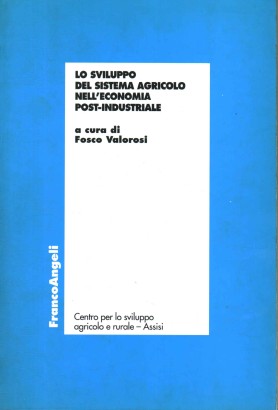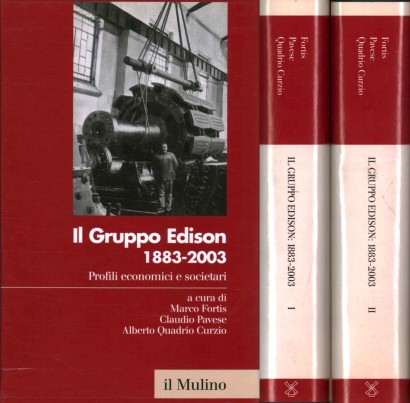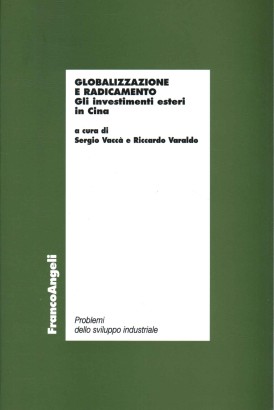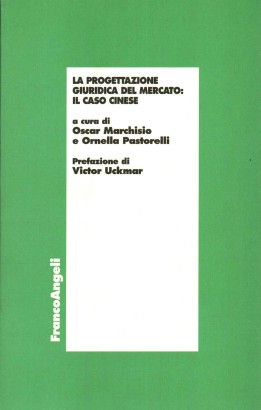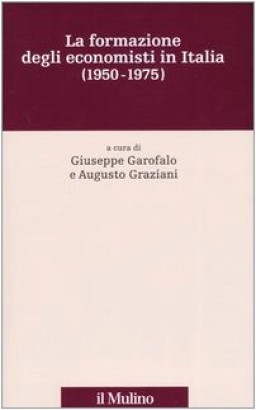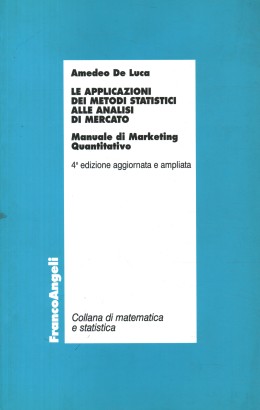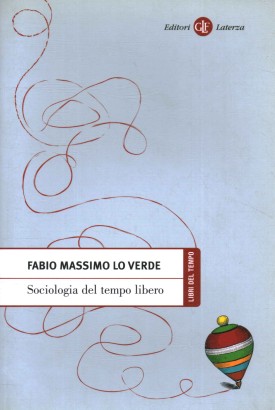Econophysics of Wealth Distributions - Econophys-Kolkata I
Merkmale
Econophys-Kolkata I
Autor: Arnab Chatterjee, Sudhakar Yarlagadda, Bikas K. Chakrabarti
Herausgeber: Springer
Druckort: Mailand
Erscheinungsjahr: 2005
Halskette: Neue Wirtschaftsfenster
We all know the hard fact: neither wealth nor income is ever uniform for us all. Justified or not, they are unevenly distributed; few are rich and many are poor! Investigations for more than hundred years and the recent availability of the income distribution data in the internet (made available by the finance ministries of various countries; from the tax return data of the income tax departments) have revealed some remarkable features. Irrespective of many differences in culture, history, language and, to some extent, the economic policies followed in different countries, the income distribution is seen to fol low a particular universal pattern. So does the wealth distribution. Barring an initial rise in population with income (or wealth; for the destitutes), the population decreases either exponentially or in a log-normal way for the ma jority of 'middle income' group, and it eventually decreases following a power law (Pareto law, following Vilfredo Pareto's observation in 1896) for the rich est 5-10 % of the population! This seems to be an universal feature - valid for most of the countries and civilizations; may be in ancient Egypt as well! Econophysicists tried to view this as a natural law for a statistical ma- body-dynamical market system, analogous to gases, liquids or solids: classical or quantum.
Produkt-Zustand:
Exemplar in gutem Zustand. Mit Staubspuren bedecken. Vergilbte Schnitte. Leicht vergilbte Seiten. Texte in Englisch. Texte in Englisch; Bücher in gutem Zustand
ISBN -Code: 8847003296
EAN: 9788847003293
Seiten: ix, 248
Format: Gebunden
Größe (cm):
Höhe: 24
Breite: 16
Produktverfügbarkeit
Sofortige Verfügbarkeit
Versandfertig innerhalb von 2 Werktagen ab Bestellung des Produktes.




